America’s pastime has always found its strongest roots not in gleaming major league stadiums, but in the dusty diamonds and weathered grandstands of small-town America. These communities have produced Hall of Famers, hosted legendary tournaments, and created traditions that echo through generations of fans.
From coast to coast, small towns have served as the heartbeat of American baseball culture. While most of these towns are U.S.-based, one international standout deserves recognition. Here’s a list of 20 small towns where the crack of the bat carries special meaning and where legendary traditions continue to thrive.
Cooperstown, New York
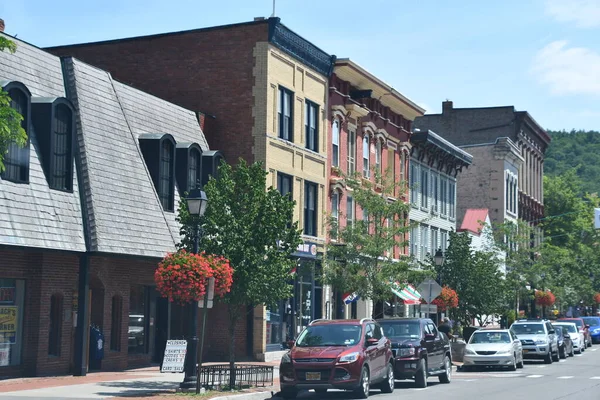
Cooperstown, with just 2,300 residents, stands as the undisputed shrine of baseball history. Home to the National Baseball Hall of Fame since 1939, this picturesque village transforms every summer into a pilgrimage destination for fans worldwide.
The Clark family’s vision to create an economic engine for their small village while celebrating America’s pastime has made Cooperstown synonymous with baseball excellence.
Dyersville, Iowa
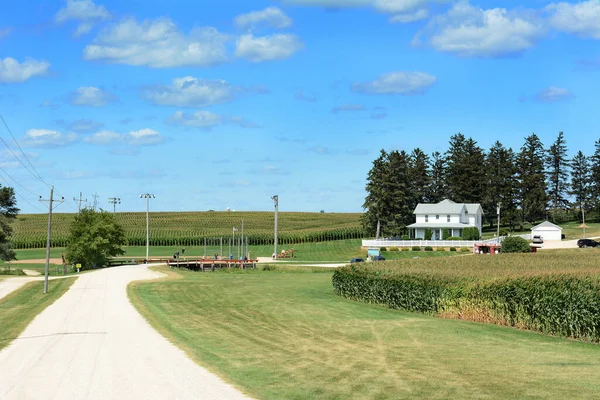
This town of just over 4,000 people gained immortality when Hollywood built a baseball diamond in its cornfields for the 1989 movie ‘Field of Dreams’. Visitors can still walk the iconic diamond nestled in rolling cornfields, tour the original farmhouse, and experience the magic where cinematic history meets the spirit of baseball.
The field remains free to the public year-round, proving that if you build it, they will indeed come.
Like Travel Pug’s content? Follow us on MSN.
Williamsport, Pennsylvania
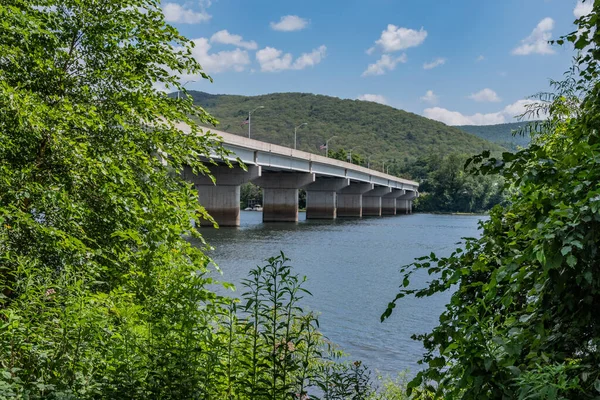
Since 1947, this small Pennsylvania town has transformed into the capital of youth sports each August during the Little League World Series. Founded by Carl Stotz in 1939, Little League Baseball began in Williamsport when a young oil company clerk had a revelation while playing catch with his nephews.
The tournament draws between 350,000 and 400,000 people annually, with fans from around the world gathering on ‘The Hill’ at Lamade Stadium.
Omaha, Nebraska
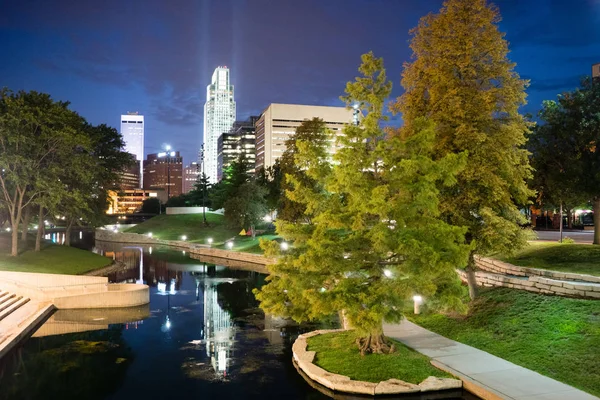
For 75 years, Omaha has been the heart of college baseball, hosting the Men’s College World Series since 1950. The event generates over $90 million for the local economy annually and has become a lasting tradition for families who return year after year.
Like Augusta and the Masters or Indianapolis and the 500, it’s impossible to mention Omaha without immediately thinking of college baseball.
Asheville, North Carolina
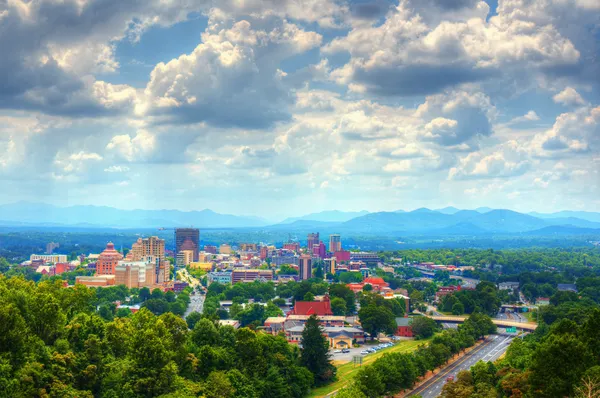
McCormick Field, built in 1924, houses the Asheville Tourists, one of the longest-running entities in Minor League Baseball. Named after Dr. Lewis McCormick, who rid Asheville of a fly infestation in the early 20th century, this throwback ballpark features a hilly wooded backdrop and carnival atmosphere.
The stadium served as home to Negro Southern League teams in the 1940s and continues its rich baseball heritage today.
Like Travel Pug’s content? Follow us on MSN.
Kinston, North Carolina
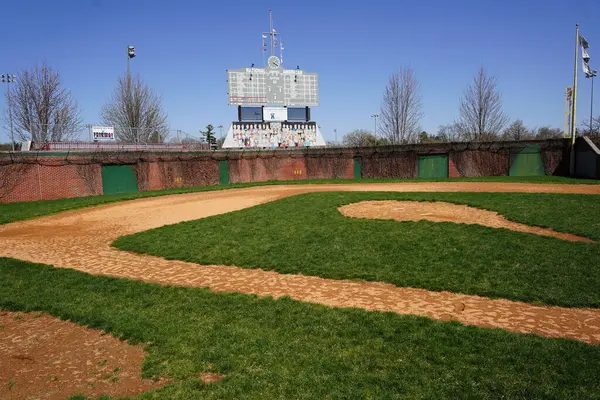
Grainger Stadium, opened in 1949, represents the enduring spirit of small-town baseball with its iconic water tower emblazoned with the Down East Wood Ducks logo looming beyond left field. After a five-season absence, Minor League Baseball returned to this eastern North Carolina community in 2017.
The stadium’s Carolina League history stretches back decades, showing how small towns fight to keep their baseball traditions alive.
Davenport, Iowa
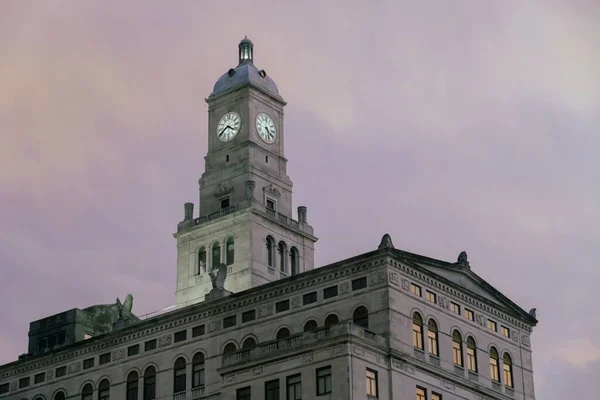
Modern Woodmen Park, opened in 1931 as Municipal Stadium, stands as one of the oldest ballparks in Minor League Baseball. This stadium looks out on a huge arching bridge over the Mississippi River, creating one of the most picturesque settings in professional baseball.
The Quad Cities River Bandits have called this historic venue home for decades, maintaining its charm while serving the surrounding communities.
Visalia, California
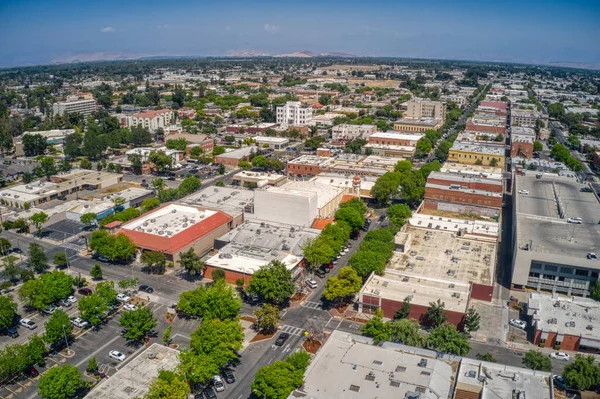
Valley Strong Ballpark has hosted California League baseball since 1946, with the current grandstand constructed in 1963 using dirt repurposed from Route 198 construction efforts. The Visalia Rawhide carries on a tradition that dates back to the post-war boom, when small California towns embraced baseball as a symbol of American optimism and community pride.
Like Travel Pug’s content? Follow us on MSN.
Reading, Pennsylvania
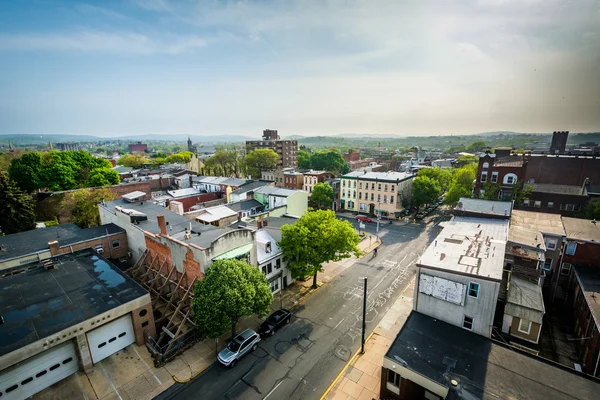
FirstEnergy Stadium, opened in 1951 as Municipal Stadium, has been home to the Reading Fightin Phils and represents the enduring appeal of Double-A baseball in Pennsylvania’s smaller cities. This Eastern League stalwart shows how industrial communities in the Northeast have maintained their connection to baseball through economic ups and downs.
Durham, North Carolina
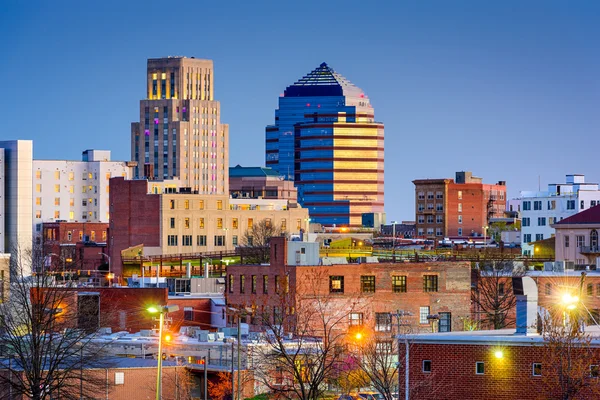
Durham Athletic Park gained fame as the setting for the 1988 movie ‘Bull Durham,’ but the real Durham Bulls had played there since 1926. Though the Bulls moved to a newer facility in 1995, the old park’s legacy represents how minor league baseball became woven into the fabric of southern communities.
The film’s success helped showcase the charm of small-town baseball to a national audience.
Lakeland, Florida
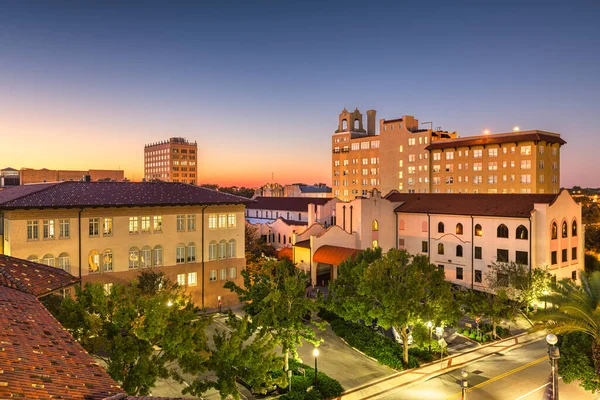
Publix Field at Joker Marchant Stadium has been welcoming Detroit Tigers faithful since the 1960s to see future big leaguers under the Florida sun. This spring training destination shows how small Florida communities became essential to baseball’s annual renewal cycle.
The tradition of Grapefruit League baseball transformed sleepy towns into winter baseball havens.
Like Travel Pug’s content? Follow us on MSN.
Maria Stein, Ohio
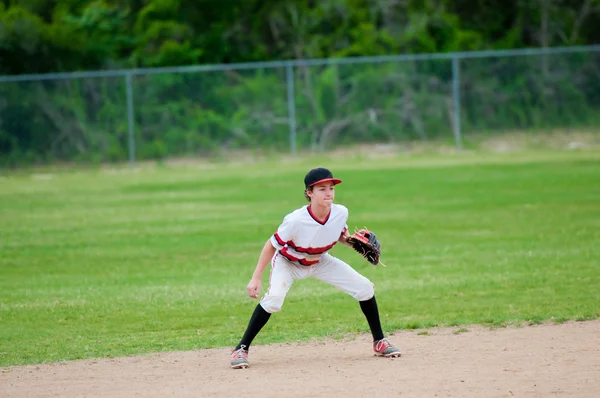
This tiny farming community of just a few hundred residents produced major league pitcher Cory Luebke, who pitched for the San Diego Padres. When asked to present about his hometown during spring training, Luebke discovered that Maria Stein’s main claims to fame involved agricultural practices.
The town exemplifies how baseball talent can emerge from America’s most rural communities, where dedication to fundamentals often compensates for limited resources.
San Pedro de Macoris, Dominican Republic
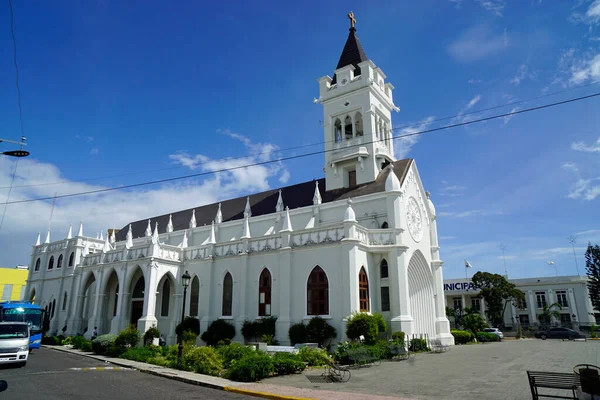
While not in the United States, this small Dominican city deserves recognition for producing more major league players per capita than anywhere else on Earth. Players like Sammy Sosa and Robinson Cano emerged from its dusty streets, showing how baseball passion transcends borders.
The town’s success has made it a model for youth development programs worldwide.
Donora, Pennsylvania
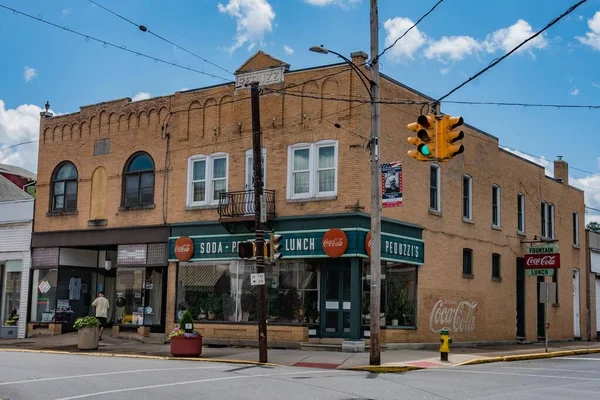
This small Western Pennsylvania borough, though hit by hard times, remains the birthplace of both Stan Musial and Ken Griffey Sr., with Griffey Jr. also calling it home. The town recently gave Ken Griffey Jr. an official day, showing how communities honor their baseball royalty. Donora proves that great players can emerge from the most unlikely places, inspiring hope in struggling communities everywhere.
Like Travel Pug’s content? Follow us on MSN.
Westfield, Massachusetts
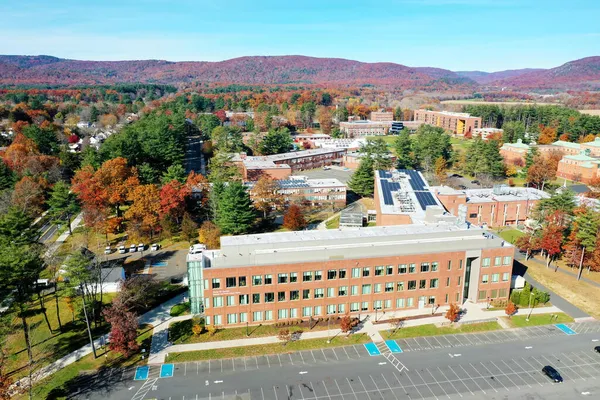
This New England town produced Hall of Famer Edward ‘Whitey’ Ford and dozens of other professional players, earning recognition as one of America’s most prolific baseball breeding grounds. The town’s youth programs and dedication to the fundamentals created a pipeline to the major leagues that lasted for generations.
Local legend speaks of neighborhood games that resembled boot camps for future professionals.
North Star, Ohio
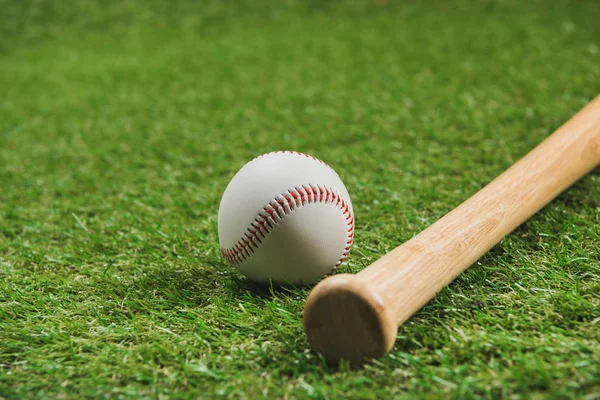
With a population of slightly more than 200 residents, this tiny Darke County community produced Washington Nationals reliever Craig Stammen. After spending summers playing before crowds of 30,000, Stammen returns to his hometown, where everyone knows everyone.
North Star represents the smallest communities that produce major league talent, proving that baseball dreams aren’t limited by town size.
Washington, Iowa
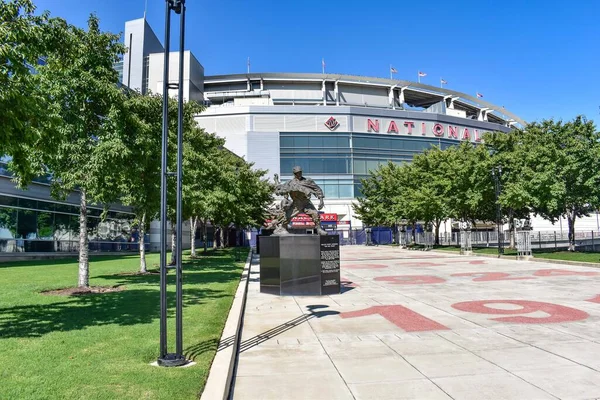
This southeastern Iowa community of fewer than 8,000 residents has sent a remarkable number of players to the major leagues relative to its size. The town’s commitment to youth baseball and strong high school program created a culture where excellence was expected.
Local fields buzzed with activity from dawn to dusk during baseball season, creating the foundation for future success.
Like Travel Pug’s content? Follow us on MSN.
Haven, Kansas
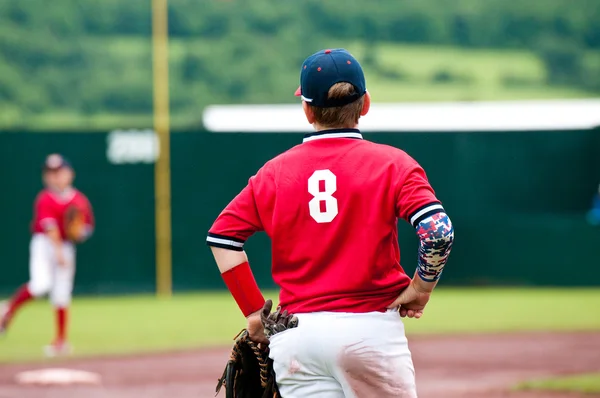
This small Kansas community of fewer than 1,200 residents occupies just over half a square mile, but produced Detroit Tigers outfielder Andy Dirks. Haven epitomizes the classic small prairie town where baseball serves as the primary entertainment and source of community pride.
The town’s compact size meant everyone knew when a local boy made it to the major leagues, creating a shared sense of accomplishment.
Refugio, Texas
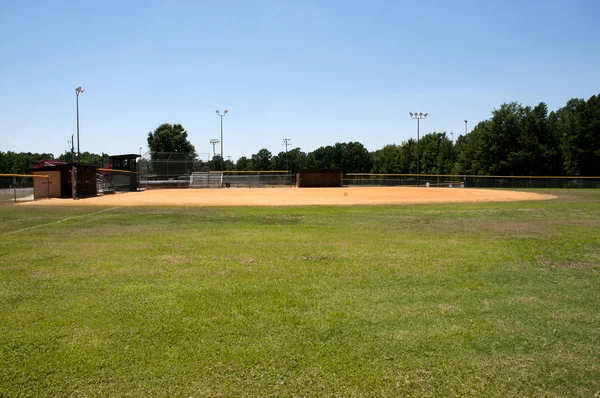
This South Texas community became legendary for producing baseball talent that seemed to defy its tiny population. The town’s high school program achieved almost mythical status among college recruiters and professional scouts.
Refugio’s success stemmed from a combination of year-round weather, dedicated coaches, and a community that lived and breathed baseball.
Sykeston, North Dakota
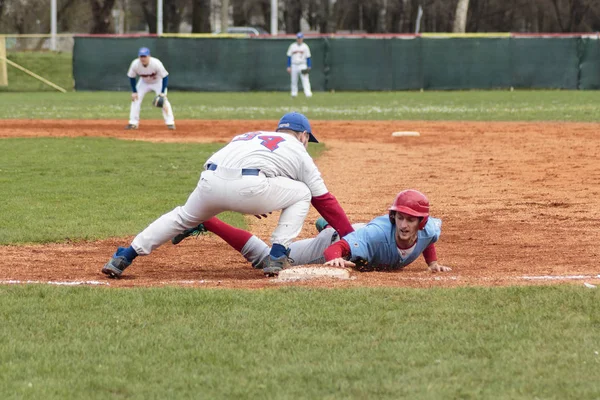
This tiny North Dakota community produced Yankees slugger Travis Hafner, who finished as valedictorian of his high school class of just eight students. Sykeston represents the ultimate small-town baseball success story, where harsh winters and limited facilities couldn’t prevent a determined player from reaching the major leagues.
Hafner’s journey from the North Dakota prairie to Yankee Stadium embodies the American dream at its most authentic.
Like Travel Pug’s content? Follow us on MSN.
From Cornfields to Cooperstown
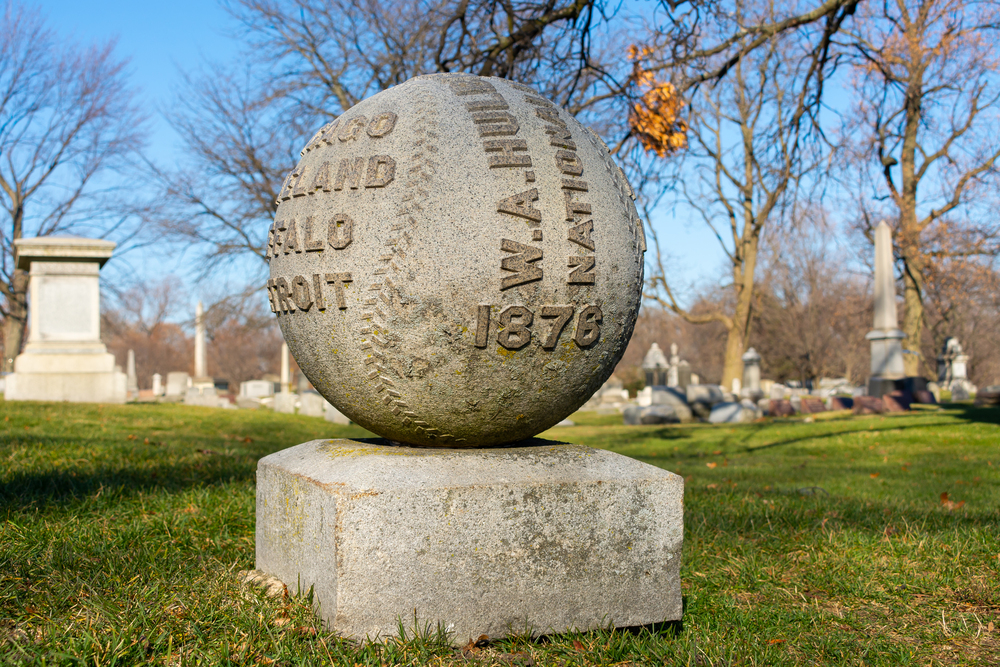
These small towns remind us that baseball’s greatest treasures aren’t always found in major league stadiums with their corporate sponsors and luxury boxes. Instead, they’re discovered in places where the game still connects generations, where every player knows they’re part of something larger than themselves, and where the crack of the bat echoes with the dreams of countless young players who dared to believe they could make it to the big leagues.
In an era of rapid change, these communities serve as guardians of baseball’s soul, ensuring that America’s pastime remains rooted in the values that made it great.
More from Travel Pug

- 20 Best Beach Towns in the Carolinas
- 13 Destinations Where Tourists Regularly Regret Their Trip
- 20 Things You Actually Get in First Class
- 20 Small Airports With Aviation Museums
- 20 Places in the U.S. That Are Perfect for a Reset Trip
Like Travel Pug’s content? Follow us on MSN.
